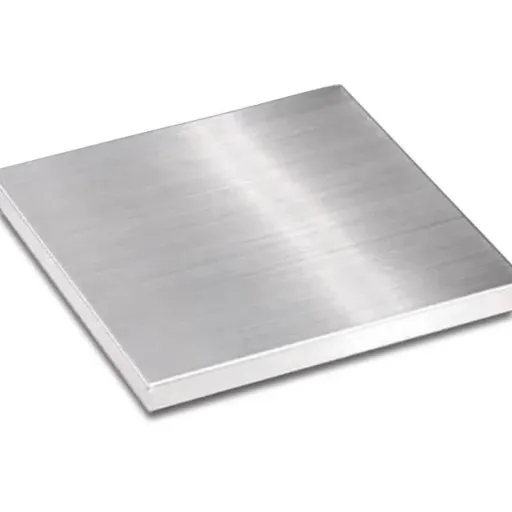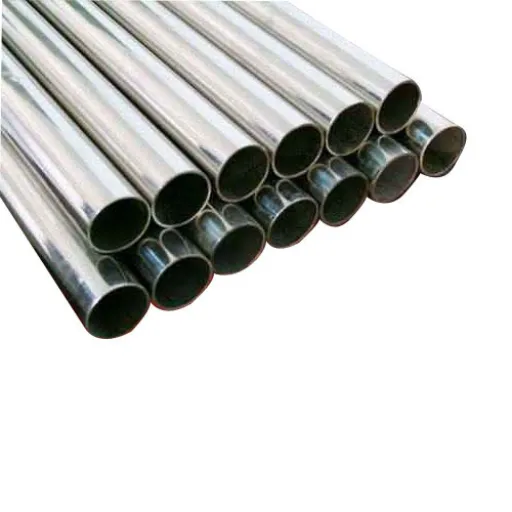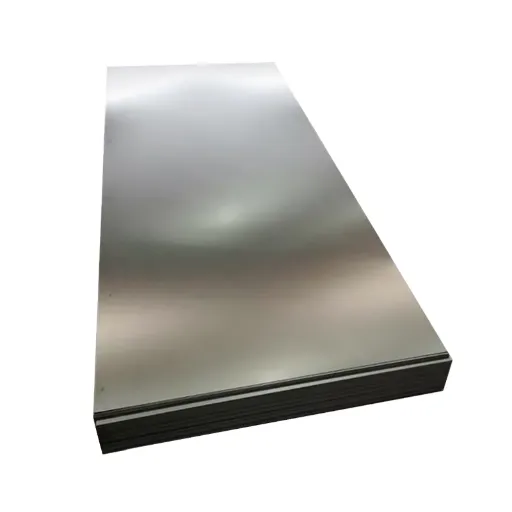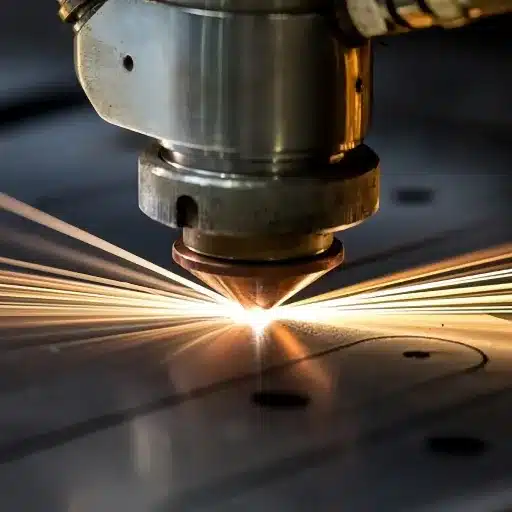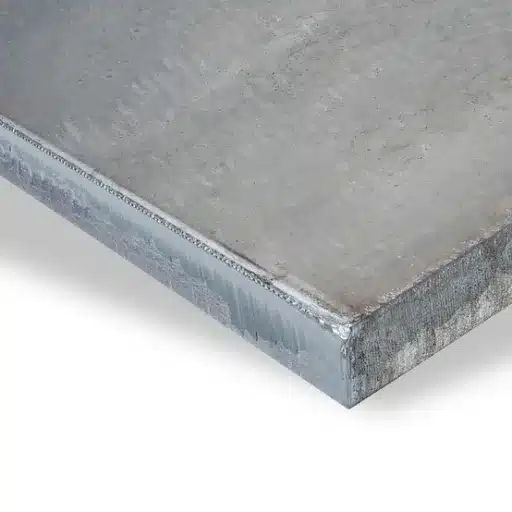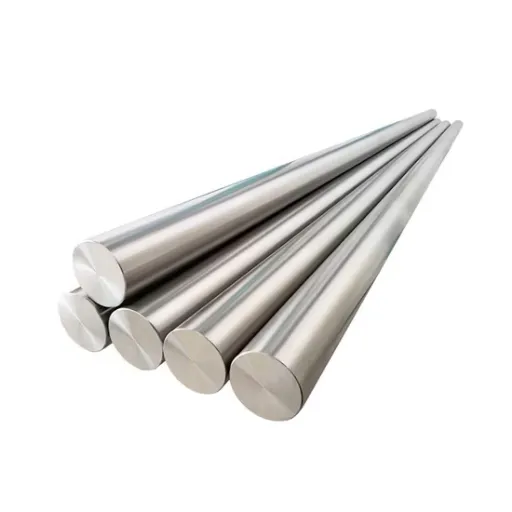Steel is a material that has numerous advantages and is an industry standard when it comes to its use in construction, manufacturing, and engineering. But, the property that has a massive impact on steel’s application — its density — still remains a mystery in a way. Steel density is not only a measurement but also a quality that has a direct bearing on weight, strength, and all the performance in various sectors. The blog post will discuss the density of stainless steel, carbon steel, and Grade 316, making clear what these materials are as distinct from each other. It does not matter if you are an engineer, designer, or just curious; this article will help you understand the importance of density and how it affects the selection of materials for different uses. So, participate in the journey as we unravel the intricacies of these important steel types!
Introduction to Material Density
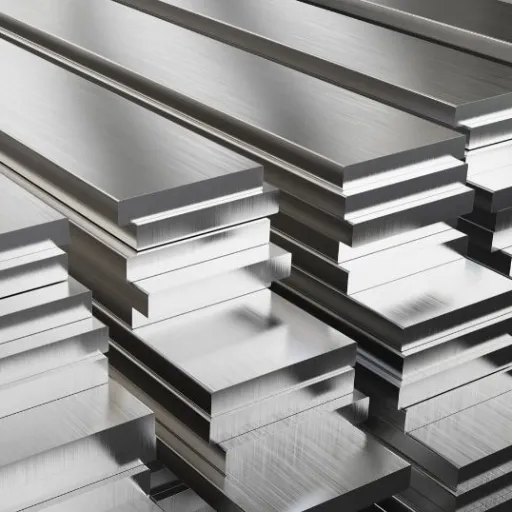
Definition of Density in Materials Science
Density is one of the primary Properties in materials science which refers to the mass of a certain volume of a substance measured by mass per unit volume and is usually given in grams per cubic centimeter (g/cm³) or kilograms per cubic meter (kg/m³). It is mathematically indicated by an equation:
Density (ρ) = Mass / Volume
This property is a very important factor in the understanding of material behavior during certain conditions and it is also very important in specific applications that require weight-to-strength ratios, buoyancy, and thermal properties.
For example, metals like stainless steel, carbon steel, and Grade 316, their densities largely determine their allowed industrial applications. Depending on the composition, stainless steel has a typical density of 7.7-8.1 g/cm³. The density of carbon steel, which is the most frequently used steel, is slightly lower, about 7.85 g/cm³. A particular class of stainless steel, grade 316, is highly valued for its exceptional resistance to corrosion and high strength; thus, it is common to find its density close to 8.0 g/cm³.
Importance of Density in Engineering Applications
Density is a main factor in engineering applications as it is a major driver for material choice, structural soundness, and the overall performance of the products or structures. For example, applications that require high strength and durability, like construction beams or armor plating, will often make use of heavy materials. On the other hand, low-density metals such as aluminum (2.70 g/cm³) and titanium (4.50 g/cm³) are excellent for the aerospace and automotive industries, where low weight is necessary to minimize fuel consumption and get better performance.
The other modern engineering application that extensively adopts the composite materials is the one that uses the combination of components with different densities to obtain the desired performance. One example is that of carbon fiber reinforced polymers that have a density between 1.5 and 2 g/cm³, thus, they possess good strength-to-weight ratios making them suitable for advanced lightweight design.
Comparative Analysis of Stainless Steel and Carbon Steel Density
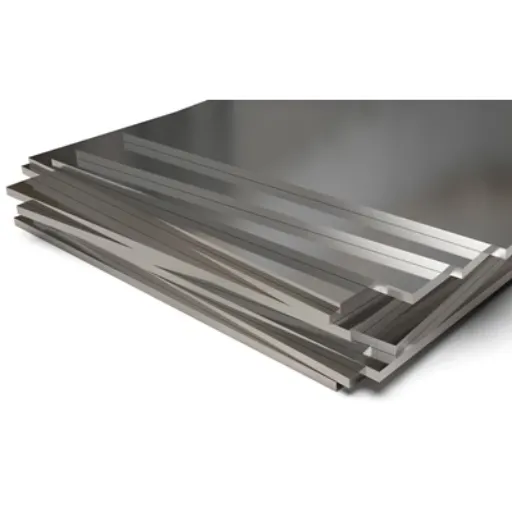
Carbon Steel vs. Stainless Steel Density
In the contrast between carbon steel and stainless steel, the density is a prime aspect that notably impacts the selection of materials in the different industries. The density of stainless steel, mainly because of its alloying elements such as chromium and nickel, is a little higher than that of carbon steel. The density of carbon steel is usually 7.85 g/cm³ to 7.88 g/cm³, depending on the chemical makeup, while that of stainless steel is about 7.75 g/cm³ to 8.1 g/cm³ according to the type.
| Steel Grade | Density (g/cm³) | Key Characteristics |
|---|---|---|
| 304 Stainless Steel | 8.0 | Good corrosion resistance |
| 316 Stainless Steel | 8.03 | Superior corrosion resistance |
| A36 Carbon Steel | 7.85 | Common structural steel |
These variations are a consequence of the additional alloying elements in stainless steel, which account for not only its higher density but also such desirable properties as corrosion resistance and aesthetic quality.
316 Stainless Steel Density
Key Information: The density of 316 stainless steel is around 8.0 g/cm³ (8000 kg/m³), which is in line with other austenitic stainless steels.
The 316 stainless-grade steel boasts the highest resistance to corrosion along with durability so it can reliably serve in the harshest environments like marine and chemical industries, etc. This feature of density is important because it allows for the stability of the structure without having to deal with the difficulty of heavy material.
The molybdenum in 316 Grade stainless steel gives it the power to resist corrosion due to pitting and crevice formation even when the environment is rich in chlorides. In addition to its density, this stainless steel grade output is a symbiotic relationship of strength, workability, and thermal properties. Engineers recommend this material particularly for making storage tanks, piping systems, and medical devices, where both weight and durability are the crucial factors.
Significance of Density in Industrial Applications
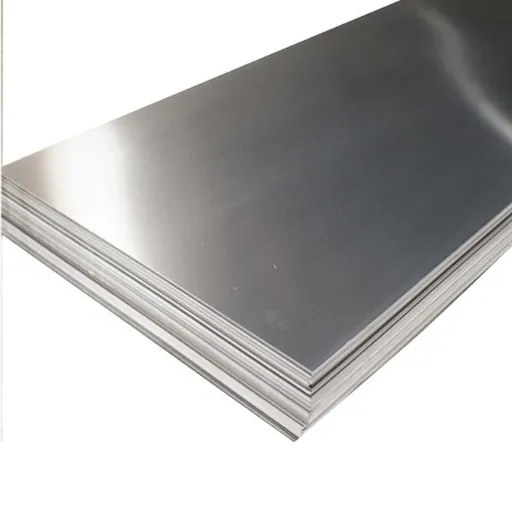
Material Selection Based on Density
Density is one of the most important factors when choosing materials, especially for the industries where weight, performance, and durability are the major concerns. Different grades of stainless steel exhibit different densities to a great extent based on their exact grades and compositions. The density of Grade 316 stainless steel, for instance, is roughly 7.98 g/cm³, which is just a bit more than that of Grade 304 stainless steel’s 7.85 g/cm³ because it has more molybdenum and nickel. This is why Grade 316’s use is extensive in the areas where corrosion resistance is of primary concern.
Such industries as aerospace, automotive, and construction, when selecting materials, have to weigh the density against mechanical properties. Daily weight reduction applications for aluminum alloys which have a density of about 2.7 g/cm³ are most common in the use of light materials, resulting in better and faster operation due to reduced weight and less fuel consumption. In contrast, stronger and more durable materials like stainless steel or titanium (density around 4.5 g/cm³) are chosen for their strength and ability to endure harsh conditions.
Impact of Density on Mechanical Properties
Density is the major factor that decides the mechanical properties of a material, and thereby greatly affects its strength, stiffness, and durability. The high-density materials, such as tungsten (density 19.3 g/cm³) or lead (density 11.34 g/cm³), usually show a higher resistance to wear and deformation owing to the closely packed atomic structure inside them. A good example is tungsten, which has an extensive use in the field of high tensile strength requiring applications such as aerospace components and heavy-duty machinery. However, such materials may pose difficulty in machining and may also lead to an increase in the overall weight of the assembly.
| Material | Density (g/cm³) | Primary Applications |
|---|---|---|
| Tungsten | 19.3 | Aerospace components, heavy machinery |
| Lead | 11.34 | Radiation shielding, batteries |
| Aluminum | 2.7 | Automotive, aerospace |
| Magnesium | 1.74 | Lightweight structures |
| Carbon Fiber Composites | 1.6 | Advanced lightweight design |
On the contrary, low-density materials like aluminum (density 2.7 g/cm³) or magnesium (density 1.74 g/cm³) have been and still are the ones giving the most advantages in weight-sensitive applications such as automotive and aerospace industries. To illustrate, contemporary auto makers normally depend on aluminum alloys for the purpose of lessening the weight of cars, hence, less fuel consumption due to improved efficiency and maintaining integrity of got structures. The same goes for carbon fiber composites, where the density can be as little as 1.6 g/cm³, they have changed the game in many sectors by their light weight coupled with great tensile strength characteristics.
Common Uses of Stainless Steel and Its Density Implications
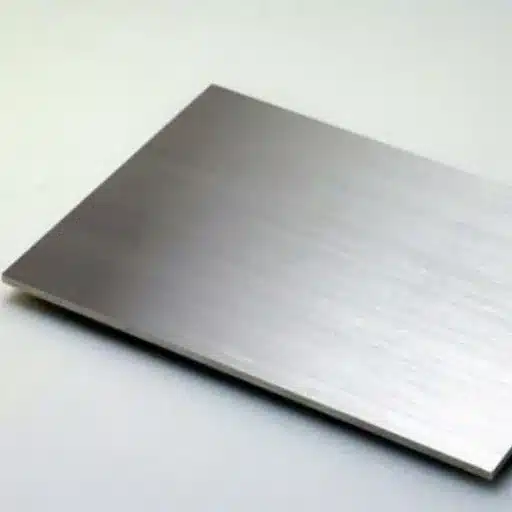
Applications in Construction and Manufacturing
Construction Applications:
Stainless steel is dominant in the building industry for its framework, roofing, and cladding of buildings. Due to its remarkable strength-to-weight ratio, the architects and engineers are not limit in their design by the stability and safety factors. For example, they are using stainless steel rebars in bridges and high-rise buildings, especially in places that face extreme weather conditions or have high salinity. Global demand for stainless steel in the construction industry was estimated to be over $97 billion in 2023, a report that shows the material’s necessity for modern architectural practices.
Manufacturing Applications:
The manufacturing industry is a major consumer of stainless steel where machines, tools, and parts made of the material can last long owing to the metal’s high wear resistance and the fact that it can take a lot of stress. In the case of food processing and pharmaceutical industries, the machinery parts are frequently made of stainless steel not only for the metal’s resistance to corrosion but also for being non-hygienic. In addition, the automotive industry uses stainless steel in exhaust systems and fuel containers for its good resistance to heat and strength. Data from the last year shows that around 12 million tons of stainless steel went to the manufacturing sector in 2022, indicating that it is a common practice.
Use of Stainless Steel in Food and Medical Industries
Stainless steel is an essential material in the food and medical sectors because of its unparalleled hygienic properties, resistance to corrosion, and durability. The food sector uses stainless steel in a huge way for the production of storage tanks, processing machines, and many more utensils. It is very safe to use stainless steel in clean and safe areas because its non-reactive nature does not alter the flavor or quality of the food. As per the latest market analysis, the global market for stainless steel in food processing is anticipated to touch the figure of $4.7 billion by 2027, all thanks to the booming demand for robust and sanitary equipment.
🍴 Food Industry
- Storage tanks
- Processing machines
- Utensils and equipment
- Market value: $4.7B by 2027
⚕️ Medical Industry
- Surgical instruments
- Medical implants
- Hospital equipment
- Market share: 75% of surgical instruments
Medical and surgical applications use stainless steel for production of instruments, implants, and hospital equipment. The material is biocompatible and resistant to sterilization processes which is why it is the not only preferred but also a must-have material in critical medical applications. Estimates have it that the global market of surgical instruments made of stainless steel is about 75% of the total surgical instruments market reflecting the material’s stronghold in the industry. The mutual growth of both sectors will together fuel the need for premium grade steel in line with technological innovations and the quest for eco-friendly and dependable materials.
Recent Trends and Expert Insights on Stainless Steel Density
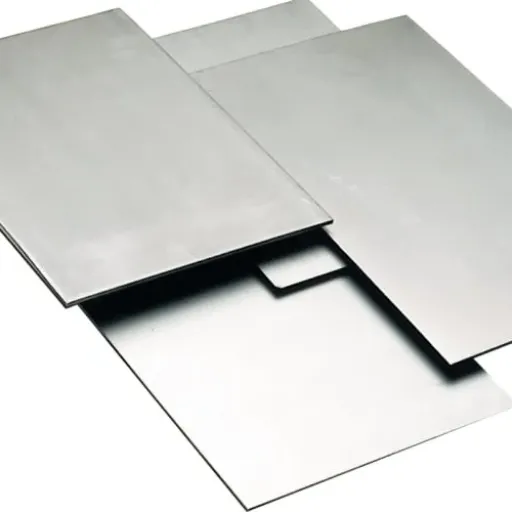
Innovations in Stainless Steel Alloys
Alloy compositions of stainless steel have modernized the world of such metals and given them a wide range of applications and as a result, they have been put into a new era. Every day metal makers and scientists are in search of ways to boost the features of stainless steel by making new alloys. The new combinations will help to increase the above-mentioned properties and others like the ones mentioned before, which will positively respond to improving the performance of the industry including that of aerospace, construction, and medical technology.
💡 Innovation Spotlight: Duplex Stainless Steels
One very important case is the invention of duplex stainless steels which are a blend of two kinds of metal— austenitic and ferritic. The one very outstanding property of such alloys is their strength which is superior to that of the other types and also they are more resistant to the condition that shares the same name as one of the types of the metal quality and reduced nickel content, hence, lower no. of factors in price of material.
Up to 50% stronger than traditional austenitic grades
Future Directions in Density Research
Research in the area of density has been a strong point of technological and material science innovation as well as a source of new energy storage and green development techniques. High-density materials remain the cornerstone of modern technology by making it more efficient and performance-oriented. To be more specific, one of such areas is the density optimization of stainless steel alloys which is already giving the industry a new and lighter type of stronger structural components for aerospace and automotive applications.
The new reports from the recent research are also pointing to the fact that the density at the microscopic level is becoming more and more interesting. In this regard, the non-invasive techniques like X-ray computed tomography (XCT) and atom probe tomography (APT) are being adopted to follow the more and more complex microstructures in soft and hard materials. As per a 2023 report by ScienceDirect, the development in XCT technology has resulted in a 20% increase in the resolution of the images, which means the researchers can now detect the density-related defects in metals and composites that were previously undetectable.
Reference Sources
-
Kloeckner Metals Blog
- Title: What Is the Density of Stainless Steel?
- Description: This source provides a clear explanation of the density of stainless steel, comparing it with other materials like carbon steel and pure iron. It is a trusted resource for material properties.
-
SteelPro Group
- Title: What is the Density of Stainless Steel?
- Description: This guide explains the density range of stainless steel alloys and is a reliable source for understanding its variations based on composition.
-
Machining Custom Blog
- Title: Density of Stainless Steel: A Comprehensive Guide
- Description: This comprehensive guide discusses the density of stainless steel in detail, including its variations across different grades and compositions.
Frequently Asked Questions (FAQs)
❓ What factors influence stainless steel density?
The density of stainless steel is mainly related to its chemical composition, especially in respect to the chromium, nickel, and manganese contents. The density of the alloy may change due to variations in the alloying elements, and fatter alloy content generally raises the density.
❓ What are the physical characteristics of Stainless Steel?
Stainless steel has very good hardness along with this excellent corrosion resistance and fair ductility as its mechanical properties. These characteristics render stainless steel as a perfect material for a variety of usages in construction and the making of stainless steel items.
❓ What is the melting point of stainless steel?
Melting point of various grades of stainless steel is different but generally it is around 1400°C to 1450°C (2552°F to 2642°F). For instance, the 316 stainless steel melts at about 1375°C to 1400°C, so it can be used in high-temperature applications.
❓ What are the varieties of stainless steel?
Stainless steel can be classified into different types such as austenitic, ferritic, and martensitic. Among them, austenitic stainless steels, like grade 316, are famous for their superior corrosion resistance and ductility whereas ferritic stainless steels present decent defense against stress corrosion cracking.

